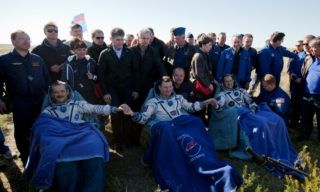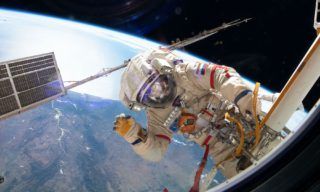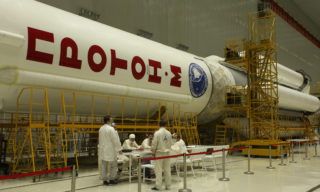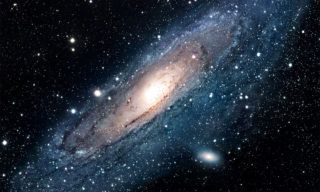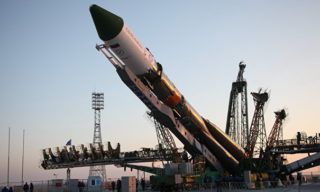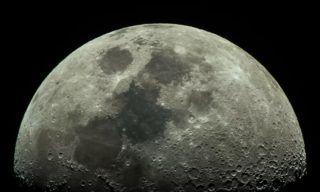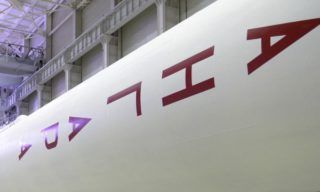The misfortunes of the long-suffering Boeing Starliner crew on the ISS continue: their return to Earth has again been postponed until at least the end of March. Thus, the stay of the two astronauts in orbit instead of the planned week will stretch for almost ten months – provided that there are no further postponements.
Astronauts Butch Wilmore and Sunita Williams arrived at the International Space Station in June. Even then, their Boeing-built Starliner spacecraft was already infamous for the sheer number of defects, breakdowns, and launch postponements. In the end, NASA still literally “pushed” it into space, but right in the flight several more accidents – the crew miraculously did not suffer. As a result, the agency decided that using Starliner for the return would be fraught with the loss of both the ship and the astronauts.
Thus, Wilmore and Williams’ return from the ISS was delayed first by days, then weeks, then months, and now nearly a year. Because of the incompatibility of spacesuits taking them from there on the “Soyuz” is impossible, so the only option remains with the ship Crew Dragon (the number of passengers in which for this reason reduced from four to two – the crew of Crew-9 included Alexander Gorbunov and Nick Hague, who arrived in orbit on September 30).
All four – Hague, Gorbunov, Williams, and Wilmore – are scheduled to return to Earth after the Crew-10 crew arrives at the ISS. This was previously expected to happen in February 2025, but the launch of the Crew-10 mission was postponed until the end of March. NASA and SpaceX motivated their decision by a desire to wait until the new Crew Dragon – which is also not going perfectly on schedule – is completed.
This pushes back the “salvage” launch for another two months, because the ship, which will go to the ISS crew members of Crew-10 – Anne McClain, Nicole Ayers, Takuya Onishi, and Kirill Peskov, should arrive in Florida in early January. But the U.S. aerospace agency doesn’t see that as a big problem.
“Manufacturing, assembling, testing, and commissioning a new spacecraft is painstaking work that requires tremendous attention to detail. But we appreciate the SpaceX team’s work to expand the Dragon fleet,” Stephen Stich, NASA’s commercial crew program manager, supported the partners.
The Starliner crew’s return to Earth won’t happen immediately after Crew Dragon arrives – it will be followed by intense work and “handoffs.” People following the situation in orbit, however, express serious concerns about the health of the astronauts, especially Sunita Williams (who stubbornly assures that “she’s doing okay”).
One way or another, there is reason to hope that the “Starliner” passengers will still safely leave the ISS without breaking the record for the duration of continuous stay on the station, equal to 437 days, 17 hours, and 58 minutes, which was set back in 1995 on the orbital complex “Mir” by the Russian doctor-cosmonaut Valery Polyakov.





